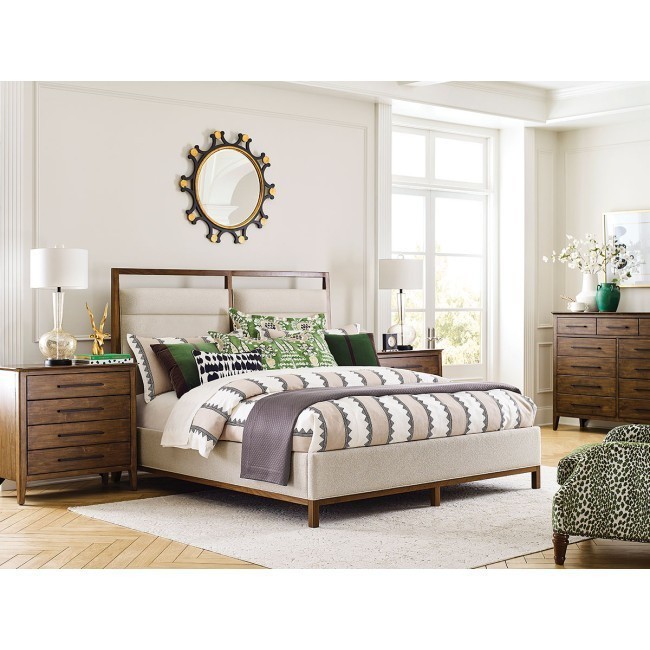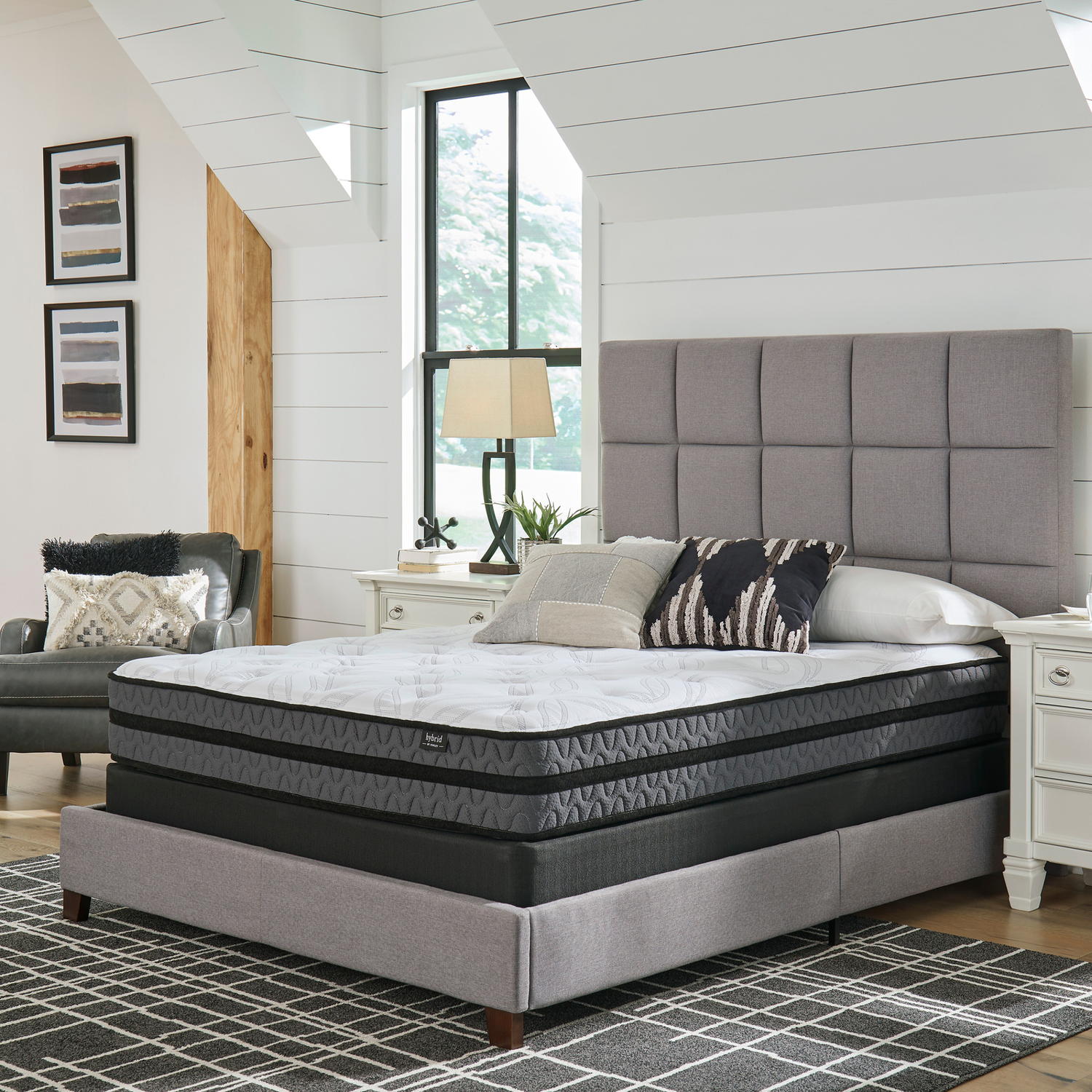All Categories
Featured
When enhancing a home, selecting the appropriate furniture design plays an important function in forming the ambiance of a room. 2 of the most prominent furnishings designs are modern and conventional, each with its distinct attributes.
Traditional Furnishings: Conventional furnishings accepts elaborate styles, elaborate carvings, and timeless kinds influenced by past historic periods. This style is abundant thoroughly, often including curved lines, rolled arms, and ornamental flourishes. Conventional furniture has a formal, innovative appearance, and the emphasis gets on great craftsmanship. Pieces typically consist of aspects like claw-foot legs, ornamental moldings, and natural leather furniture, developing a lavish, ageless feeling in any area.
![]()
Standard Furnishings: Typical furnishings is recognized for its use of abundant, top notch products such as strong timber, natural leather, and natural fabrics. Pieces are typically built from hardwoods like cherry, mahogany, or oak, which are meticulously crafted to produce detailed details and coatings. Standard furnishings finishes have a tendency to be polished and dark, providing pieces a feeling of weight and luxury. Upholstery commonly includes rich fabrics like silk, brocade, or velour, which include in the luxury and convenience of traditional styles.
Conventional Furniture: Standard furniture commonly uses deeper, richer colors that evoke a feeling of warmth and elegance. Additionally, patterns are often utilized in traditional furnishings, such as floral prints, red stripes, or damask, including depth and structure to the area's style.
![]()
Traditional Furnishings: While convenience is essential in typical furniture, it is not always the main emphasis. Typical furniture emphasizes deluxe and elegance, typically including cushioned seats and thick furniture.
![]()
Conventional Furniture: Typical furnishings has a tendency to stand out extra in an area due to its classic and elaborate layout components. While it can be blended with modern aspects for an updated appearance, conventional furniture usually keeps its very own identity and can really feel leading within an area.
Standard Furniture: Traditional furnishings is constructed to last and never heads out of style. Its classic layouts have withstood the test of time, and the high quality of materials and craftsmanship make sure that these pieces are given via generations. For property owners seeking withstanding, timeless furnishings that retains its worth and elegance, standard pieces are a fantastic investment. The longevity and workmanship of conventional furnishings guarantee that it preserves its style and allure for years.
Conclusion. Eventually, the choice between typical and modern furniture comes down to your personal preferences and the sort of environment you wish to develop in your home. Contemporary furniture is sleek, useful, and versatile to existing fads, while standard furnishings is classic, extravagant, and focused on detailed details. By understanding the essential distinctions between these 2 designs, you can much better curate a home that shows your preference, lifestyle, and the setting you want.
- Style and Forming. Contemporary Furniture: Contemporary furniture is recognized for its sleek, minimal designs that focus on simpleness and capability. Contemporary furniture can integrate aspects from different periods, making it extremely functional.
Traditional Furnishings: Conventional furnishings accepts elaborate styles, elaborate carvings, and timeless kinds influenced by past historic periods. This style is abundant thoroughly, often including curved lines, rolled arms, and ornamental flourishes. Conventional furniture has a formal, innovative appearance, and the emphasis gets on great craftsmanship. Pieces typically consist of aspects like claw-foot legs, ornamental moldings, and natural leather furniture, developing a lavish, ageless feeling in any area.

- Materials and Finishes. Contemporary Furnishings: Contemporary furniture makes use of a varied variety of products, including timber, glass, metal, acrylic, and sometimes leather. The surfaces are typically streamlined and modern, with high gloss, matte, and even brightened steel surface areas. While contemporary furniture does consist of timber, the materials tend to be lighter and less ornate contrasted to traditional pieces. Metal accents, glass tabletops, and even blended materials are frequently found in modern furniture items, contributing to a clean, streamlined appearance.
Standard Furnishings: Typical furnishings is recognized for its use of abundant, top notch products such as strong timber, natural leather, and natural fabrics. Pieces are typically built from hardwoods like cherry, mahogany, or oak, which are meticulously crafted to produce detailed details and coatings. Standard furnishings finishes have a tendency to be polished and dark, providing pieces a feeling of weight and luxury. Upholstery commonly includes rich fabrics like silk, brocade, or velour, which include in the luxury and convenience of traditional styles.
- Color Scheme. Contemporary Furniture: Contemporary furnishings embraces neutral, understated shades, with tones like white, grey, black, and beige generally included. These colors assist create a spacious, airy feeling that enables versatility in designing. Bold accent colors are typically incorporated to make a statement, such as brilliant throw cushions, carpets, or art work. The shade combination in modern furniture is often maintained basic to permit other layout aspects to radiate, creating a well balanced and cohesive area.
Conventional Furniture: Standard furniture commonly uses deeper, richer colors that evoke a feeling of warmth and elegance. Additionally, patterns are often utilized in traditional furnishings, such as floral prints, red stripes, or damask, including depth and structure to the area's style.
- Convenience and Capability. Contemporary Furniture: Performance is a main aspect of modern furniture. Contemporary furnishings also tends to have less decoration, which permits it to blend effortlessly right into numerous kinds of spaces without subduing the room.

Traditional Furnishings: While convenience is essential in typical furniture, it is not always the main emphasis. Typical furniture emphasizes deluxe and elegance, typically including cushioned seats and thick furniture.
- Style Combination. Contemporary Furniture: Contemporary furniture is made to fit with the patterns of the moment, and consequently, it functions well in modern and minimal spaces. It mixes effortlessly with a range of interior decoration styles, from mid-century contemporary to scandinavian and industrial. Since modern furniture embraces simplicity, it can likewise be integrated with more traditional items to create a diverse appearance. Its flexibility permits it to function well in open-plan layouts and more portable living rooms.

Conventional Furniture: Typical furnishings has a tendency to stand out extra in an area due to its classic and elaborate layout components. While it can be blended with modern aspects for an updated appearance, conventional furniture usually keeps its very own identity and can really feel leading within an area.
- Long life and Timelessness. Contemporary Furnishings: Contemporary furniture, because of its link to present design fads, can occasionally really feel dated as trends evolve. Its clean, minimal aesthetic and usage of premium materials typically guarantee it stays appropriate for a number of years, particularly when it concentrates on traditional modernist elements. While modern furniture might not have the same historical weight as typical items, it can still stand the test of time via its convenience and ongoing adjustment to brand-new fads.
Standard Furniture: Traditional furnishings is constructed to last and never heads out of style. Its classic layouts have withstood the test of time, and the high quality of materials and craftsmanship make sure that these pieces are given via generations. For property owners seeking withstanding, timeless furnishings that retains its worth and elegance, standard pieces are a fantastic investment. The longevity and workmanship of conventional furnishings guarantee that it preserves its style and allure for years.
Conclusion. Eventually, the choice between typical and modern furniture comes down to your personal preferences and the sort of environment you wish to develop in your home. Contemporary furniture is sleek, useful, and versatile to existing fads, while standard furnishings is classic, extravagant, and focused on detailed details. By understanding the essential distinctions between these 2 designs, you can much better curate a home that shows your preference, lifestyle, and the setting you want.
Latest Posts
How Routine Vehicle Maintenance at Montclare Auto Repair Reduces Costs
Published May 31, 25
1 min read
Enhance Your Building with Overhead Door Equipment
Published May 27, 25
1 min read
Enhance Your Property with Overhead Door Systems
Published May 25, 25
1 min read